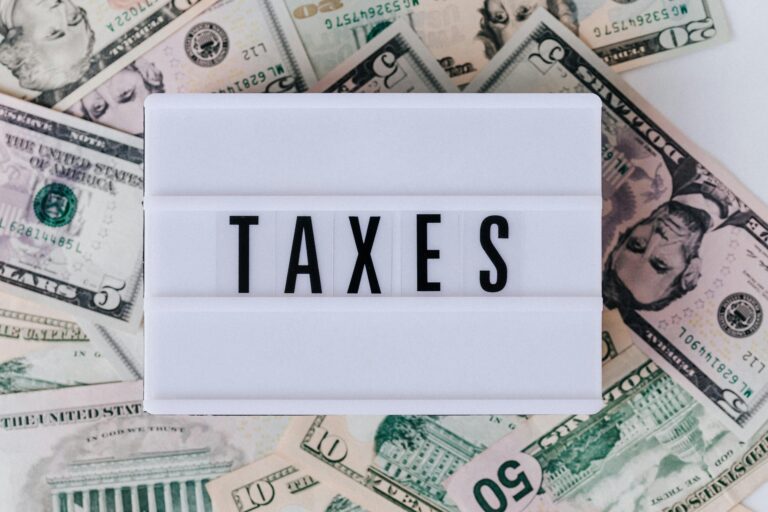Curious how to start infinite banking and start borrowing from yourself? You’re not alone. Infinite banking is becoming increasingly popular among American families as people look for ways to diversify wealth away from the stock market and reduce exposure to market volatility. Cash value whole life insurance is a proven strategy for growing and protecting wealth, and one that has been used by banks and corporations for decades.
While any cash value life insurance policy could be used for infinite banking, there is one type of policy structure that reigns supreme when it comes to optimizing growth with a guaranteed rate of return and potential dividends. So if you’re interested in how to start infinite banking to help accomplish your financial goals, here’s what you need to know before you schedule a consultation with an insurance agent.
Read more: Understanding the Basics of Infinite Banking
TYPES OF CASH VALUE LIFE INSURANCE
When you purchase a cash value insurance policy, it provides guaranteed coverage for life, a death benefit for your heirs, and a number of living benefits for you. Those living benefits typically include liquidity, policy loans, increased cash flow, tax advantages, and certain asset protections. When you pay your insurance premium, a portion goes toward your death benefit (the face value of the policy) and administrative fees. The remainder is reflected in the policy’s built-in savings account, called cash value.
Depending on what type of cash value life insurance you buy, you cash value grows based on one of the following:
- A guaranteed rate of return (whole life)
- Indexes, like the S&P 500 or Nasdaq (universal life)
- Sub-accounts selected by your insurer, comparable to mutual funds (variable life)
The type of cash value policy you choose determines how much risk your “bank” is exposed to. With a universal or variable policy, growth is linked to market factors. While you might outperform the growth of a whole life policy in some years, other years could see your cash value stagnate. If you’re looking for reliable and predictable growth, a whole life policy is best suited for infinite banking.
PARTICIPATING VS. NON-PARTICIPATING WHOLE LIFE INSURANCE
Just about any insurance agent will happily sell you a whole life policy, but not all whole life policies grow the same way. While any will provide a guaranteed rate of return, only participating whole life policies earn dividends. A participating whole life policy is one issued by a mutual insurance company. These types of insurance companies prioritize their policyholders and pay out non-guaranteed dividends in addition to a guaranteed rate of return.
The mutual insurance companies we work with at Paradigm Life have historically paid out dividends for over 100 years. What’s more, dividends are usually tax-free and can be used to pay your insurance premium or even buy additional insurance in the form of paid-up additions.
Read more: 5 Ways to Use Life Insurance Dividends
THE PAID UP ADDITIONS RIDER
Insurance riders are supplemental insurance that help customize your policy to deliver maximum lifetime benefits based on your financial goals and your insurance needs. When you start infinite banking, one of your priorities should be to grow the cash value in your “bank” as quickly and exponentially as possible. The paid-up additions rider allows you to do that.
In the early years of your policy, it allows you to buy additional insurance with premium payments that go directly toward cash value. Once you earn sufficient dividends with your participating whole life policy, they can be used to pay for your paid-up additions. This feature is ultimately what allows an infinite banking strategy to work so well that its growth is comparable to gains from mutual funds or qualified retirement plans after their associated taxes and fees. When your policy is structured with a paid-up additions rider, it functions more like a wealth building strategy and less like life insurance.
The paid-up additions rider allows you to supercharge your policy for rapid growth and maximum wealth over the life of the policy. It’s crucial to the success of an infinite banking strategy, so it’s imperative that you work with an insurance agent who is familiar with this type of insurance rider. They also must know how to perform the 7-pay test (adhering to Internal Revenue Code Section 7702) to safeguard your policy from becoming overfunded to the point that it becomes a modified endowment contract, or MEC, and loses its tax-advantaged status.
INFINITE BANKING AND THE HIERARCHY OF WEALTH
A participating whole life insurance policy structured with a paid-up additions rider—also known as a Wealth Maximization Account™—is the best tool for infinite banking. But it’s just the foundation of your wealth strategy, not where all your wealth is stored.
The Hierarchy of Wealth is an outline for classifying assets in terms of risk and control, offering the highest benefit for each class (rate of return). The more control you have over an asset, the less risk you have. When you start infinite banking with a Wealth Maximization Account (WMA), you’re getting optimal control, protection, and a great return. Aim to put 15-20% of earned income, or 6-24 months of living expenses into the cash value of your WMA to secure your foundation, or Tier 1 assets.
Once you’ve established your Wealth Maximization Account, you can move on to higher tiers on the Hierarchy of Wealth. Tier 2 seeks out investments that offer control, collateral, cash flow, and consistency. These investments could include your own personal development to make more money, investing in your business, or hard assets like residential real estate.
Tier 3 investments offer no guarantees and no control, or are investments where control is relinquished to a professional like a financial planner or broker. They provide higher returns, but come with higher risk. Examples include hard money lending against collateral, or syndicated funds for hard assets such as real estate or commodities.
Tier 4 investments also offer no guarantees. These are speculative investments where you risk losing 100% of your investment. This tier comes after at least 90% of your assets are in their respective Tiers 1, 2, and 3.
When you employ the Hierarchy of Wealth with a Wealth Maximization Account as your foundation, it will make you wealthy. It’s the opposite of the approach most people take with their wealth, where the riskiest assets have become their financial foundation. When a recession or market downturn comes, most people risk becoming financially wiped out, while those with an infinite banking strategy are able to take advantage of opportunities and do very well.
WHY CHOOSE INFINITE BANKING WITH PARADIGM LIFE
The insurance agents at Paradigm Life don’t just understand infinite banking—they own Wealth Maximization Accounts and utilize the Hierarchy of Wealth as part of their own financial strategy. So if you’re wondering how to start infinite banking, doesn’t it make sense to work with someone who understands it first hand?
Because Paradigm Life Wealth Strategists aren’t captive agents, they’re able to shop from a wide range of mutual insurance companies to find the policy that best fits your financial goals, budget, and insurance eligibility.
 today. Or, for more information on the Hierarchy of Wealth and Wealth Maximization Account, check out our free educational tools.
today. Or, for more information on the Hierarchy of Wealth and Wealth Maximization Account, check out our free educational tools.
At Paradigm Life, we know that millions of people follow out-of-date financial advice that prohibits the future they deserve. Perpetual Wealth 101 consists of a series of free videos that teach you The Perpetual Wealth Strategy™ and guide you to a secure financial future.








